site search
online catalog
FIRST MODEL MERRILL CARBINE - TEXAS MUSEUM

Hover to zoom





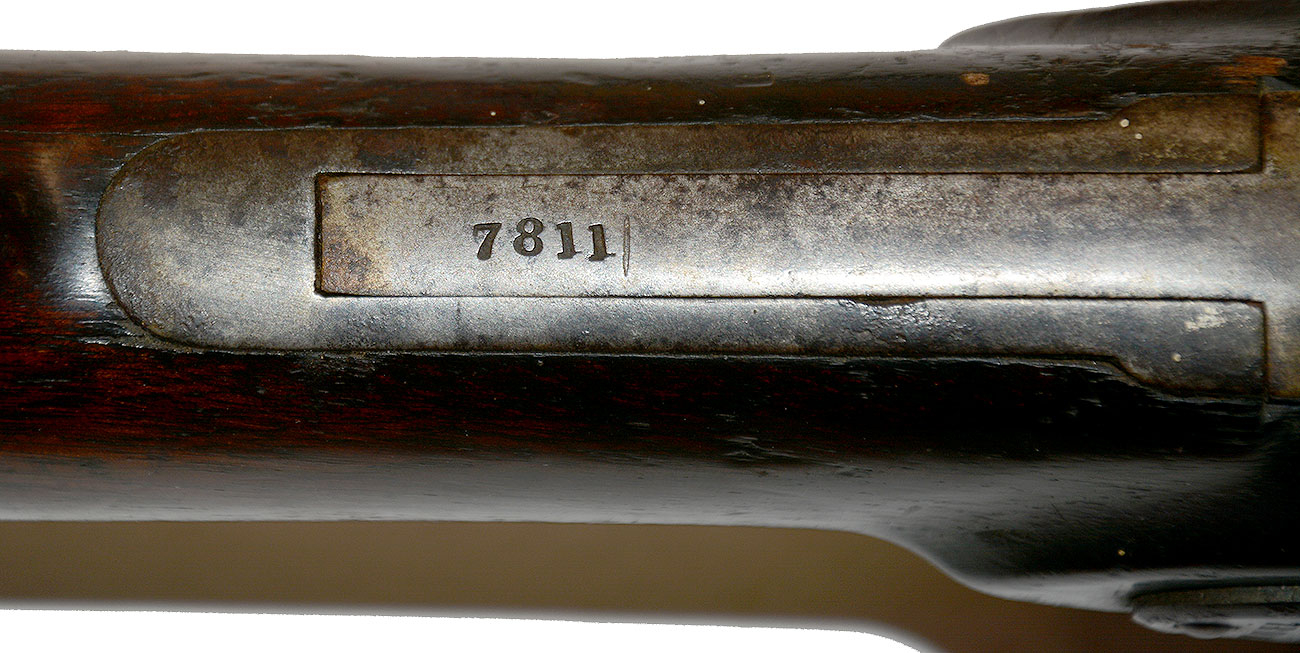

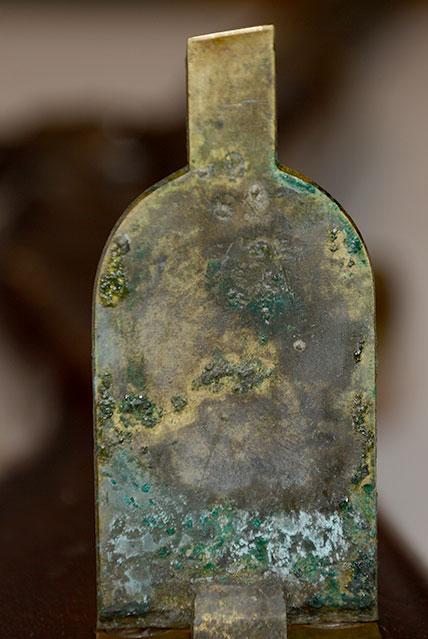

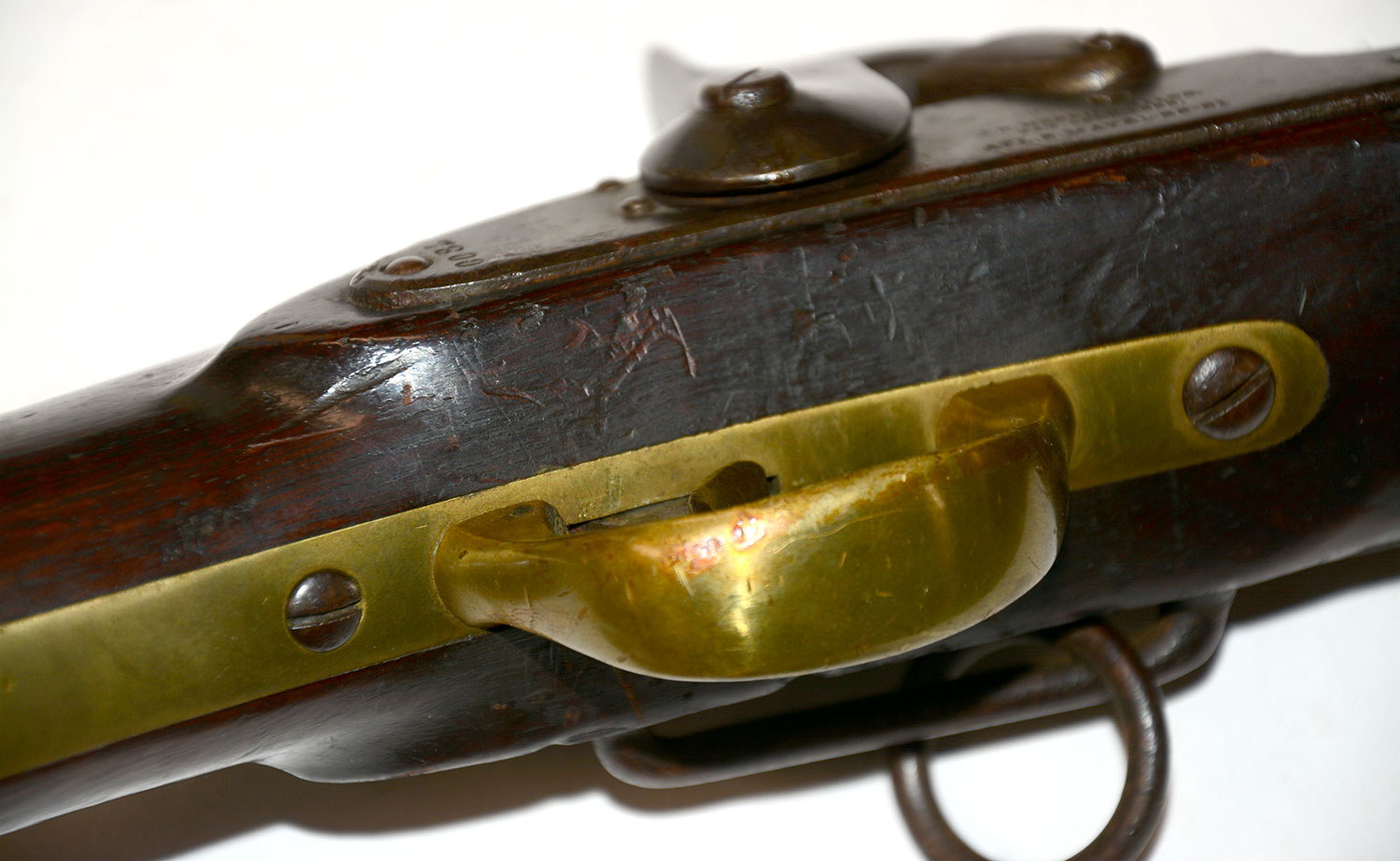
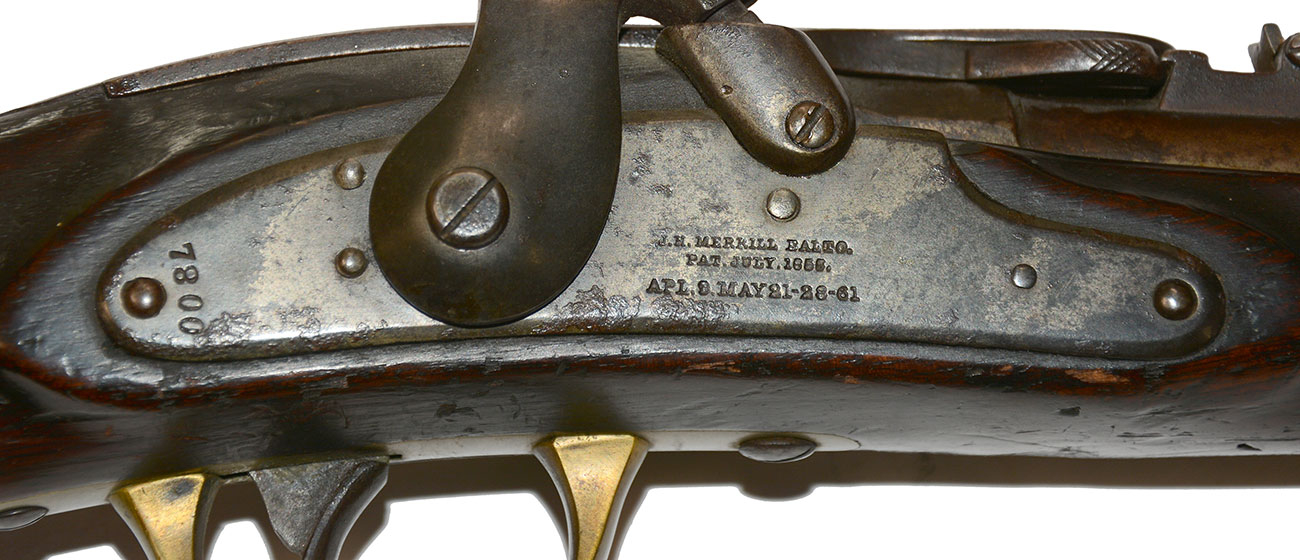
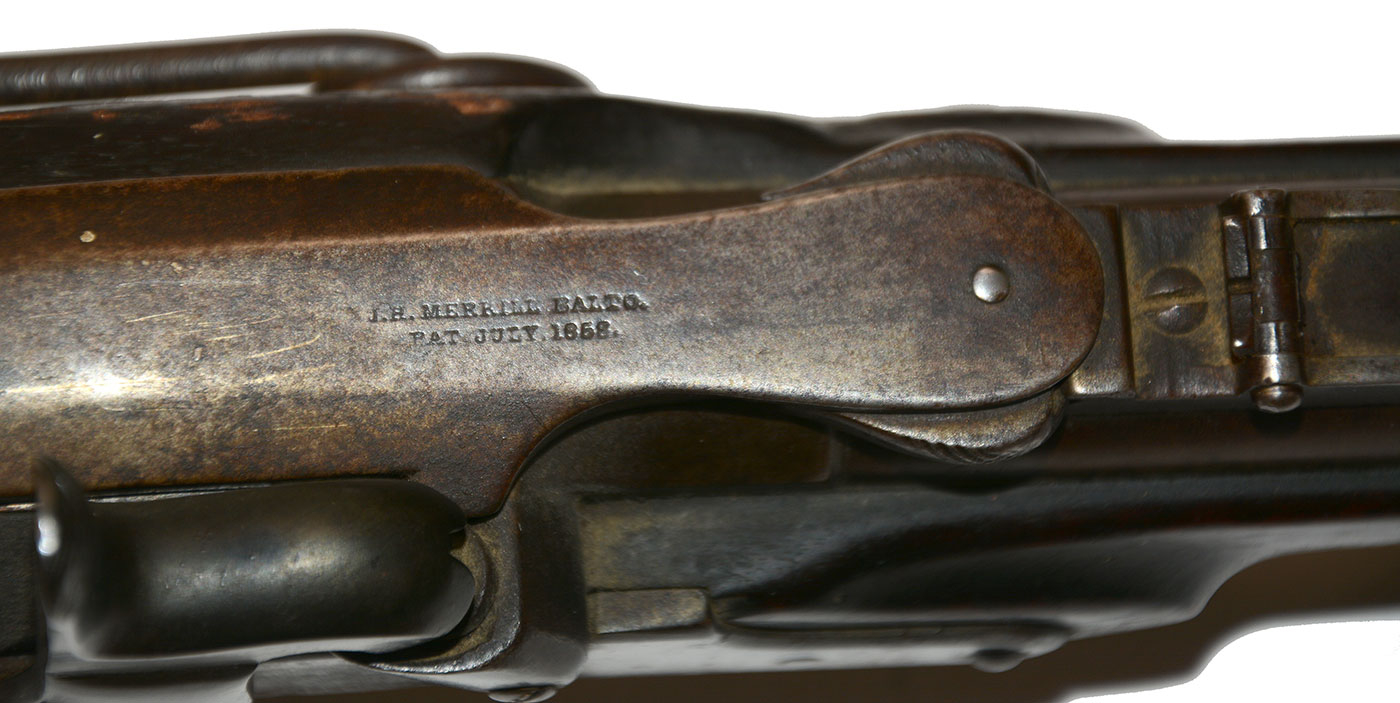



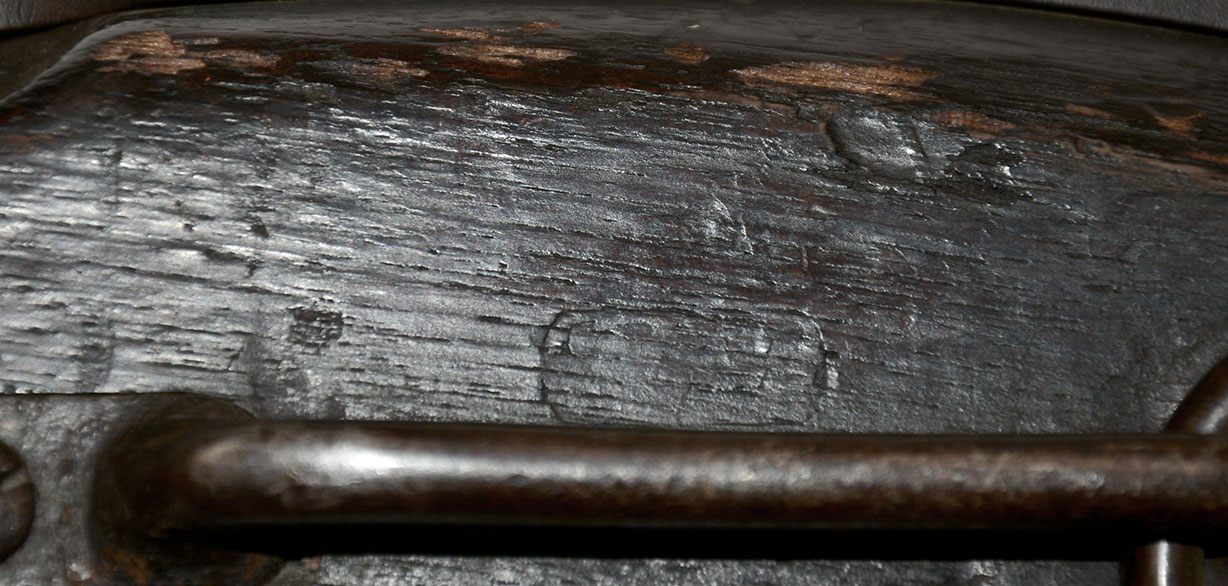



$2,250.00 SOLD
Quantity Available: None
Item Code: 1268-389
This is a good example of the First Model Merrill cavalry carbine that uses a brass butt plate, patch box, trigger guard, and barrel band. The first model has a flat, knurled latch to secure the lever of the breechloading mechanism. When pulled to the rear, it draws back a plunger to admit a new .54 caliber cartridge and then pushes it into place, locking closed behind the carbine’s rear sight. The cartridge was then ignited using a standard percussion cap primer.
James Merrill, of Baltimore, had been involved in the small arms business since the 1840s and supplied carbines to the U.S. government as part of Merrill, Latrobe and Thomas in the 1850s. He was also involved in altering Jenks carbines, M1841 rifles, and M1842 muskets to his breechloading system. The government purchased 20 Merrill carbines through an agent in June 1861 and an initial government order for 600 was made in November. The government ended up purchasing some 14,255 Merrill carbines and 770 rifles during the war. The majority of the carbines, something over 10,000 were of this model, with the Second Model coming in during July 1864 and accounting for about 4,100. The barrel length is 20” with an overall length of 37”.
This carbine is serial numbered 7800 on the rear portion of the lock face. It also carries serial number 7811 on the rear portion of the upper receiver tang. The color and patina on both pieces match. With the closeness of serial numbers, a possible explanation would be, the company cleaning of weapons and a mix up of parts during reassembly.
The wood has pleasing, warm reddish-brown tones overall. The bottom of the buttstock and swivel side butt flat show a number of handling dings, pressure dents and shallow scratches. Most of which seem to be associated with the snap hook of a shoulder sling. The edges of the bottom and rear, however, are pretty good and the inspector’s cartouche is lightly visible under the sling bar. The edges of the lock apron are very good. The opposite side shows signs of saddle wear to the wood. The fore stock has minor handling marks and a small chip off the upper edge on the right just behind the barrel band, about where it would be against the rim of the carbine thimble.
The metal is very good, with smooth surface overall. The brass has a medium tone. The patch box has a tight fit. The barrel is mostly a darker plum color with some lighter grey tones around the middle of the fore stock. The rear is present and functions well. The hammer, receiver and lock are a steel gray with small dark gray spotting. The markings are sharp and legible: J.H. MERRILL BALTO. / PAT. JULY 1858 / APL. 9 MAY 21-28-61. on the lock plate forward of the hammer, and 7800 vertically to the rear of the hammer. The lock plate has faded color case hardening around the hammer and bolster, with a little surface corrosion along the bottom edge. The breech lever is marked, J.H. MERRILL BALTO. / PAT. JULY 1858. on the neck near the latch, with the serial number, 7811, stamped farther back near the hinge. Action works well, with half and full cock. Excellent nipple. Bore is good rifling with some light pitting. Muzzle shows rounding from a carbine boot. Formerly part of the Texas Museum Collection. [stp] [ph:L]
DISCLAIMER: All firearms are sold as collector's items only - we do not accept responsibility as to the shooting safety or reliability of any antique firearm. All firearms are described as accurately as possible, given the restraints of a catalog listing length. We want satisfied customers & often "under" describe the weapons. Any city or state regulations regarding owning antique firearms are the responsibility of the purchaser. All firearms are "mechanically perfect" unless noted, but again, are NOT warranted as safe to fire!
~~~~~~~~~~~~~~~~~~~~~~~~~~~~~~~~~~~
THIS ITEM, AS WITH ALL OTHER ITEMS AVAILABLE ON OUR WEB SITE,
MAY BE PURCHASED THROUGH OUR LAYAWAY PROGRAM.
CLICK HERE FOR OUR POLICIES AND TERMS.
THANK YOU!
Inquire About FIRST MODEL MERRILL CARBINE - TEXAS MUSEUM
Most Popular
Historical Firearms Stolen From The National Civil War Museum In Harrisburg, Pa »
Theft From Gravesite Of Gen. John Reynolds »
Selection Of Unframed Prints By Don Troiani »
Fine Condition Brass Infantry Bugle Insignia »
Large English Bowie Knife With Sheath 1870’S – 1880’S »
Imported (Clauberg) Us Model 1860 Light Cavalry Officer's Saber »
featured item
RARE M1840 U.S. ARTILLERY OFFICER’S SABER MADE BY AMES BUT ETCHED AND RETAILED BY SCHUYLER, HARTLEY AND GRAHAM: THE ONE IN THE BOOK!
This is an extremely rare M1840 U.S. artillery officer’s saber made by Ames but etched and retailed by Schuyler, Hartley and Graham. Thillmann knew only of this one example, and until it was found it was unclear if Schuyler, Hartley and Graham… (870-637). Learn More »


